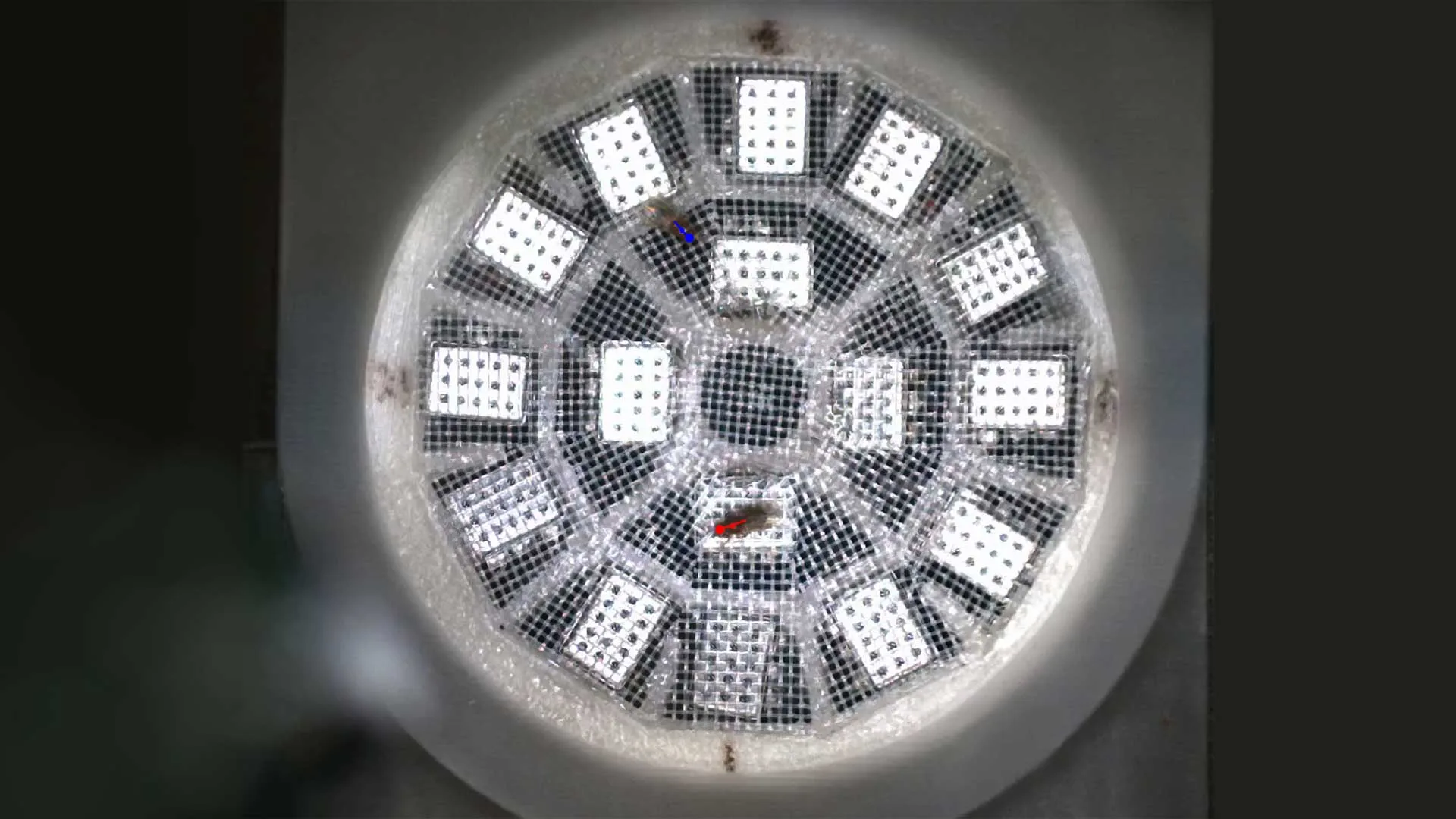Assistant Professor Benjamin Cowley and his team at Cold Spring Harbor Laboratory (CSHL) have developed an AI model that accurately predicts the behavior of fruit flies. The team used a technique called “knockout training” to train the AI, which involved recording a male fruit fly’s courtship behavior and then silencing specific types of visual neurons in the fly. The AI was then trained to detect any changes in behavior. The team discovered that the fruit fly brain uses a “population code” to process visual data, with many combinations of neurons needed to shape behavior. This discovery could potentially help decode the computations underlying the human visual system.
Unraveling the Mystery of Vision and Behavior with AI
The human eye is often referred to as the window to the soul, but it also serves as our window to the world. Our vision guides our actions and social behaviors. A team of scientists at Cold Spring Harbor Laboratory (CSHL) led by Assistant Professor Benjamin Cowley has made a significant breakthrough in understanding how this process works. They have developed an artificial intelligence (AI) model that accurately predicts the behavior of the common fruit fly in response to visual stimuli.
The AI Model and “Knockout Training”
The team developed their AI model using a technique they coined as “knockout training”. They began by recording the courtship behavior of a male fruit fly, which involved chasing and singing to a female. They then genetically silenced specific types of visual neurons in the male fly and trained their AI to detect any changes in behavior. By repeating this process with various types of visual neurons, the AI was able to accurately predict how the real fruit fly would react to the sight of the female.
The Role of Neurons in Behavior Prediction
The team’s AI model revealed that the fruit fly brain uses a “population code” to process visual data. Contrary to previous assumptions that one neuron type links each visual feature to one action, they found that many combinations of neurons were needed to shape behavior. This complex network of neural pathways resembles a complicated subway map and will take years to fully understand. However, it provides a valuable tool for predicting how a real-life fruit fly will behave when presented with visual stimuli.
Implications for Human Behavior and Vision Disorders
While the AI model has proven successful in predicting fruit fly behavior, its application to human behavior prediction is not immediate. The human brain, with nearly 100 billion neurons, is vastly more complex than the fruit fly brain, which contains about 100,000 neurons. However, Cowley is optimistic that his AI model could eventually help decode the computations underlying the human visual system. This could lead to a better understanding of visual system disorders and the development of improved artificial visual systems.
The Long Road Ahead
Despite the promising results, Cowley acknowledges that fully understanding the computations of the visual system will be a long-term endeavor, likely spanning decades. However, the potential benefits are significant. By understanding the computations of the fruit fly, we can build a better artificial visual system and gain a deeper understanding of visual system disorders. The journey may be long, but the rewards could be transformative.
External Link: Click Here For More

